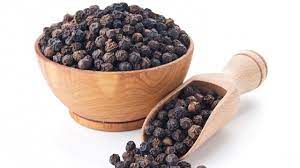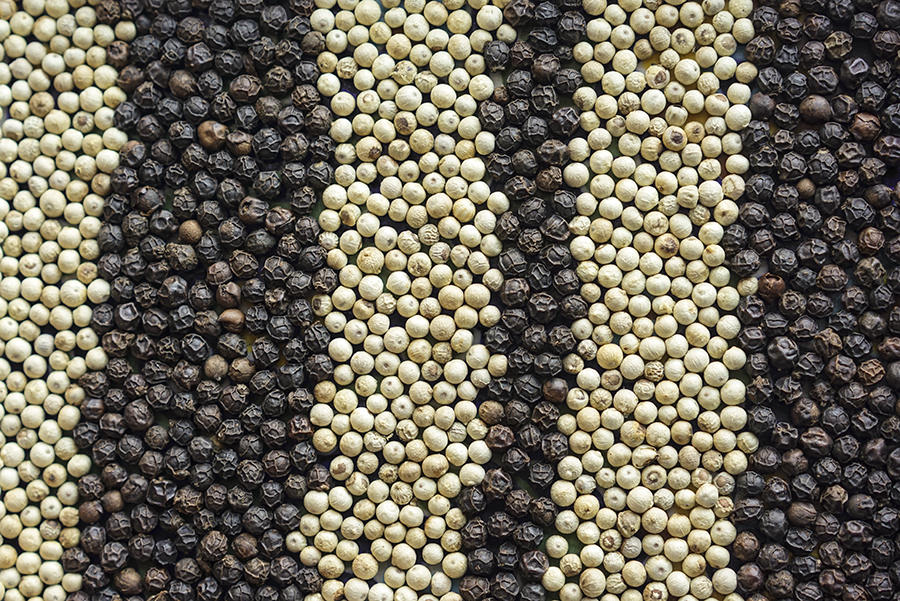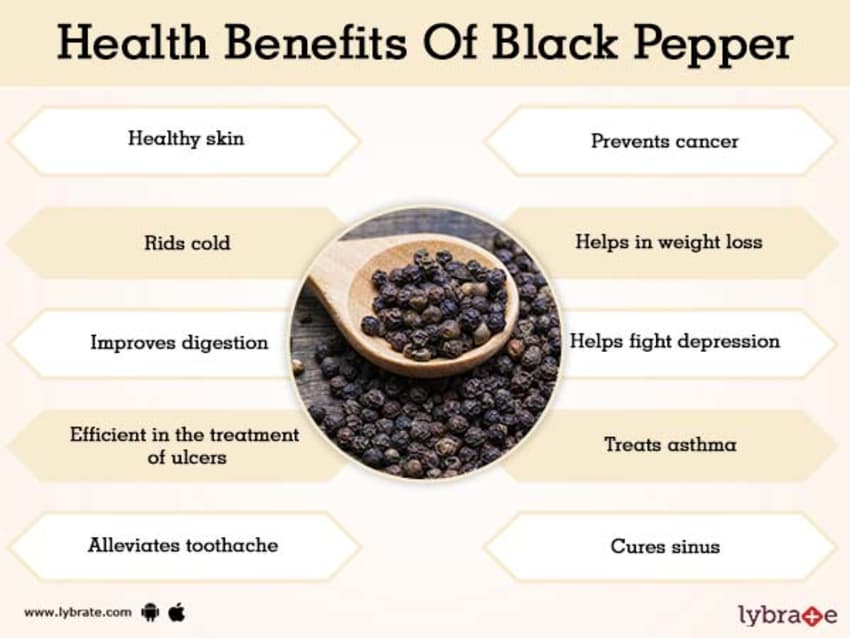Black pepper is a standard seasoning for just about everything, even some sweets. White, green, and red peppercorns come from the same plant. They are drupes, berry-like seed husks. The ripe fruit is red. The unripe fruit is green and used to make black pepper. History tells us that pepper was so important to cooking and eating it was more valuable than gold.
The pepper plant was first grown and cultivated in that very fertile ground of what is today Southern India. It looks like an ordinary flowering vine. From there it has spread to tropical regions across the world. Vietnam is the major exporter of peppercorns. It is the most traded spice in the world
By the way, this plant is not in the same family as other peppers, which are Capsicums. Sometimes, these are called New World or Chili peppers. Black pepper is in the Piperine family.
Dried Red Peppercorns are not from the same plant. These come from Peru and are a cousin to the black pepper plant.
Black peppercorns are made by picking the unripe drupes while still green. These are then cooked briefly to loosen the outer skin. Then they are dried, usually in the sun, during which the skin turns papery revealing the black peppercorn underneath. The papery skin is removed and the pepper is ready to go.
White peppercorns are actually seeds from the inside of the drupe. They are made from picking the ripe, red fruit and soaking them in water for about a week. The flesh is removed, leaving the white inner seed which is ground. White pepper is very popular in many East Asian dishes and in white dishes where black pepper would stand out. However, white pepper does not taste like black pepper. It is missing some of the compounds found in the outer flesh of the fruit which becomes the black peppercorn.
Green peppercorns are also made from unripe drupes. These are usually pickled or canned with brine or vinegar.
One of the biggest uses for the black pepper plant and its fruit is for medicines. It has been used for thousands of years, particularly in Indian medicine. Pepper has been found to contain anti-bacterial, anti-microbial and antioxidant properties. Traditionally, it was used in various forms, to treat insomnia, toothaches, asthma and sunburn. Early medical texts recommend it for eye problems. While none of these treatments have passed scientific muster, the long history of its use in medicine may hold some value.
Pepper loses its flavor and aroma over time as turpines (aeromatic compounds) evaporate, so storage in an airtight container is important. Also, when possible, pepper should be freshly ground. If you buy a tin of ground pepper, buy it in the small size. I use this only when I need a specific amount of ground pepper in a recipe. It’s simply easier to measure in that form. But otherwise, you should have a grinder in your kitchen.
It gets its flavor from the compound piperine, which is about one-percent as spicy or hot as a chili pepper’s active compound.
Peppercorns have been found in the nostrils of Egyptian mummies, so this spice has been around since the earliest of human times.






